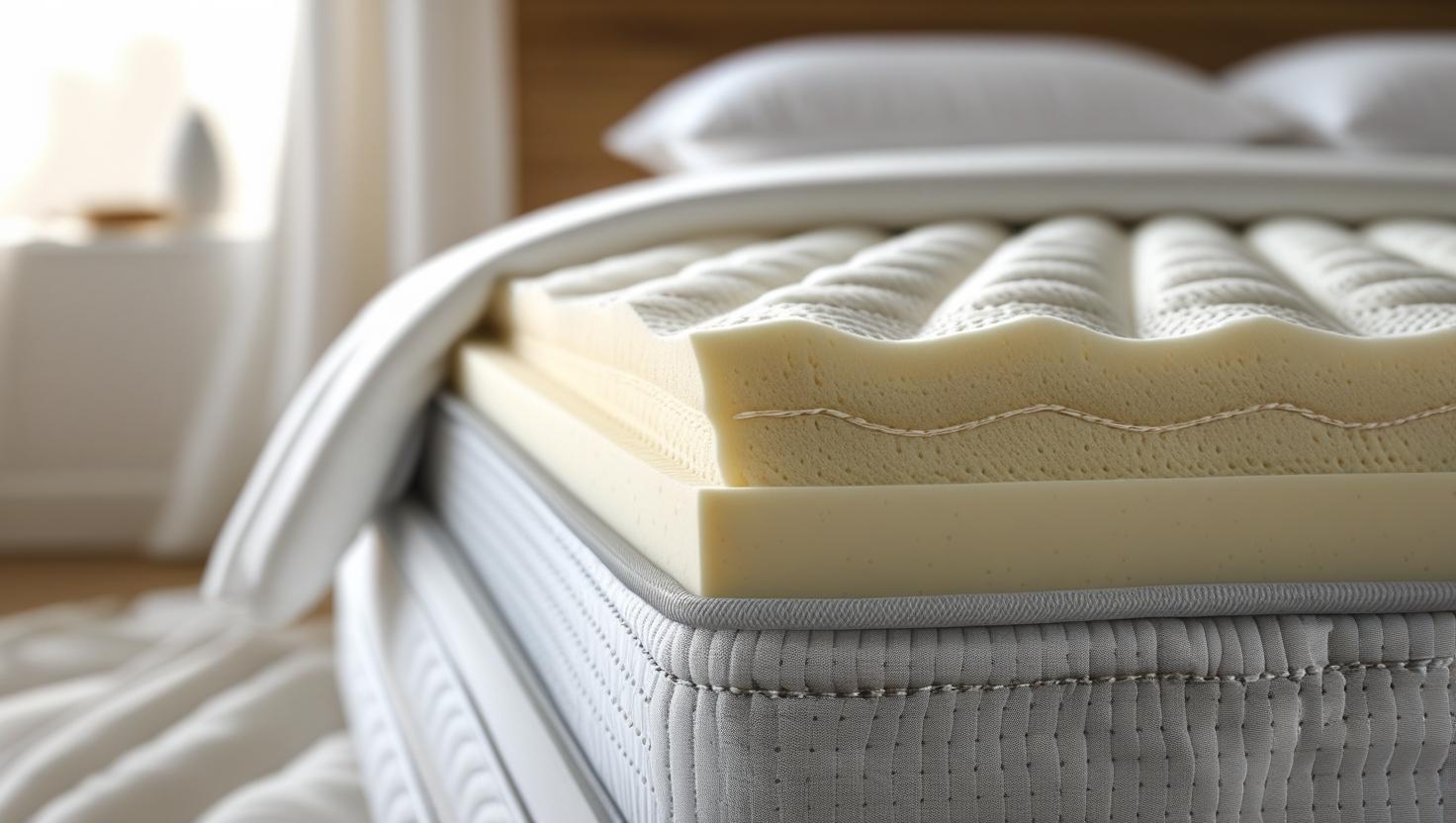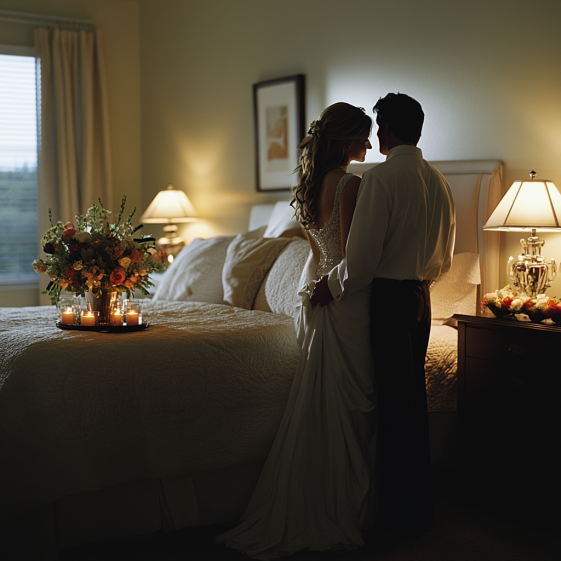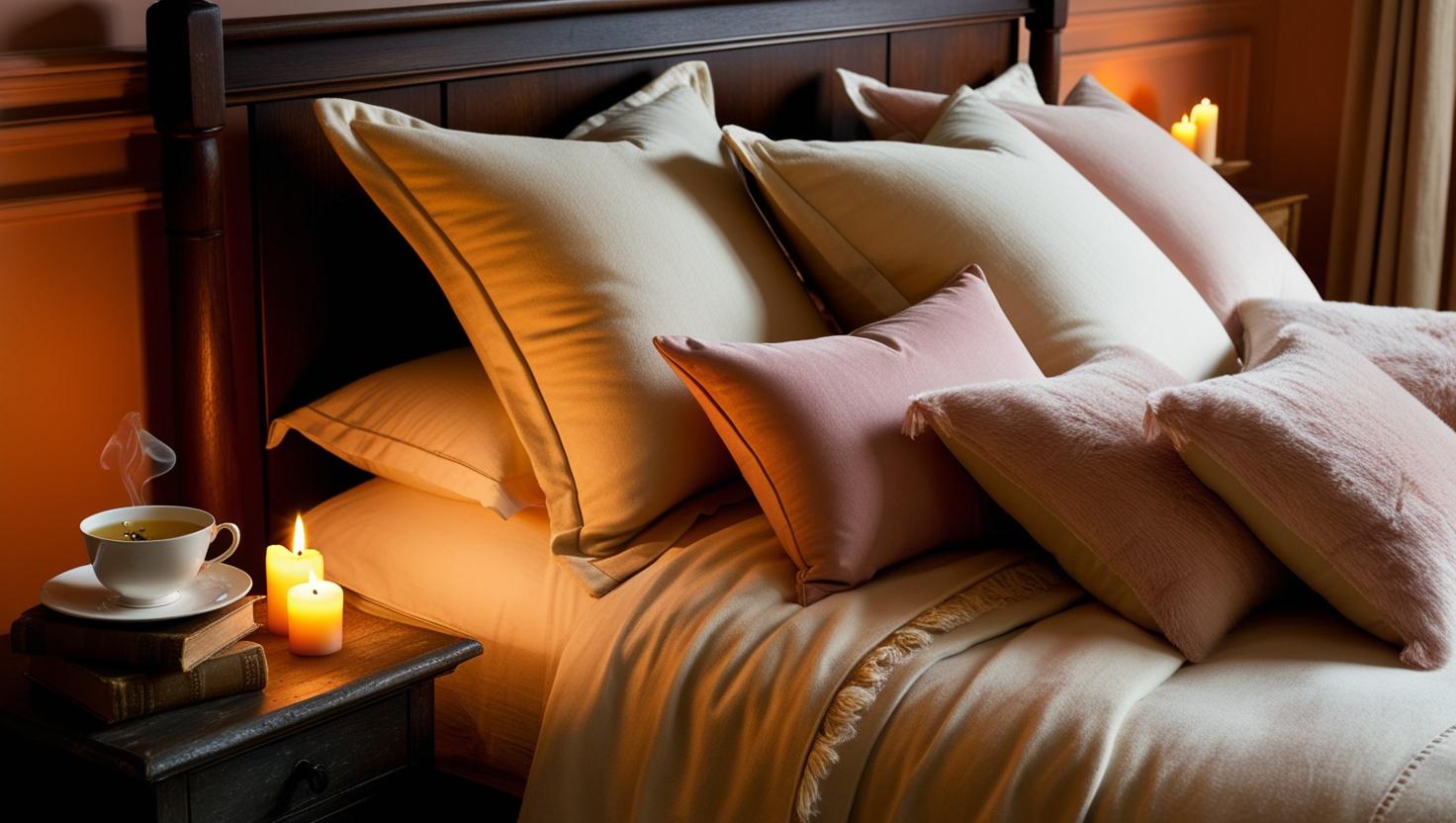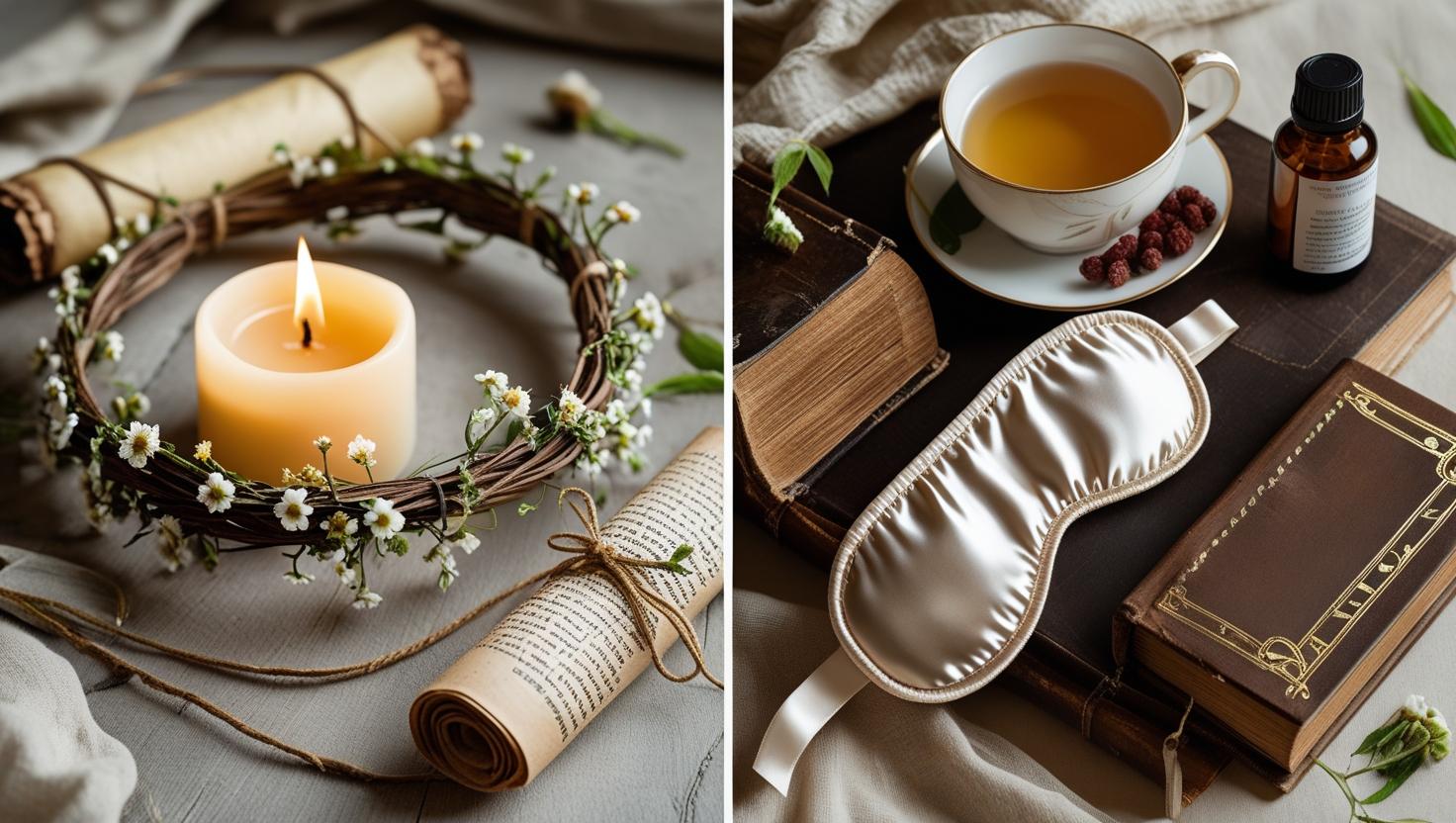Bedding Ceremony Stories: Traditions & Meanings
Bedding Ceremony Stories weave together love, community, and comfort. Across centuries, families prepared the couple’s first bed with symbolic textiles, songs, and blessings—celebrating union, fertility, and a fresh start. This guide explores the origins and rituals, modern ways to honor them, and fabric tips for creating a meaningful, comfortable bed you’ll cherish.

Key Takeaways: Bedding Ceremony Stories
- Bedding Ceremony Stories reflect community support and the hope of a comfortable, prosperous life together.
- Textiles and techniques—like linen, percale, and heirloom quilts—carry cultural meaning and practical comfort.
- Modern couples can adapt rituals respectfully with sustainable, organic bedding and eco-conscious sheets.
- Plan the bed like a keepsake: choose breathable fabrics, layer textures, and honor family traditions.
- Keep the tone warm and consensual; update the ceremony to align with your values and guests’ comfort.
The Meaning Behind Bedding Ceremonies
Answer first: Bedding ceremonies symbolized community blessing and the couple’s new life. Today, they’re often reimagined as a gentle, private ritual focused on warmth and care.
In many regions, relatives prepared the bridal bed with favored linens and good-luck tokens, then shared songs and playful stories. The heart of Bedding Ceremony Stories is not spectacle; it’s the tender act of creating a welcoming, restful space. That theme translates beautifully to modern celebrations, where comfort and respect come first.

Symbols You’ll See in Many Traditions
Answer first: Common motifs include fertility, prosperity, and protection—often expressed through specific weaves, colors, and handcrafted items.
- Linen & flax: Durability and purity; linen’s breathability also makes it a practical foundation.
- Quilts & patchwork: Community care stitched into a single heirloom piece.
- Natural tokens: Herbs, flowers, or grains symbolizing abundance and health.
- Music & stories: Bawdy songs in some eras, tender blessings in others—adapt tone to your comfort.
Fabric Choices That Honor the Story
Linen: Classic, Breathable, and Time-Tested
Answer first: Linen has centuries of heritage and sleeps cool—ideal for an all-season wedding bed that feels timeless.
Linen’s textured hand and moisture-wicking performance make it a favorite for meaningful, long-lived bedding. Interested in fabric differences? See Parachute’s explanation of percale vs. sateen vs. linen for an accessible primer on weave and feel (Parachute Home). For a bit of textile history, Parachute also shares the craft lineage behind European linens and Portuguese mills (Parachute Home).

Percale vs. Sateen: Feel and Finish for the Big Day
Answer first: Percale is crisp and breathable; sateen is silky-smooth with a subtle sheen—choose the hand feel you love.
If you want a cool, hotel-like finish for summer weddings, percale shines; for a softer drape in cooler months, sateen feels more enveloping. Parachute’s fabric guides outline these differences clearly (Parachute Home).
Thread Count, Quality, and What Really Matters
Answer first: Thread count is only one piece of the puzzle—fiber quality, weave, and finishing matter just as much.
For cotton, many experts consider mid-range thread counts a good benchmark; material and construction drive the true feel. Better Homes & Gardens gives practical guidance on choosing thread counts without the hype (Better Homes & Gardens).
How to Create a Modern Bedding Ceremony
Step 1: Choose a Tone That Fits Your Values
Answer first: Keep it cozy, consensual, and inclusive. Your version can be playful, poetic, or quietly intimate—no pressure to reenact historical theatrics.
Decide whether you’ll invite a few loved ones to help make the bed, or keep it private with a short reading and a toast. Share the plan with participants so everyone feels comfortable and respected.
Step 2: Curate Textiles as Keepsakes
Answer first: Build layers that last: a breathable sheet set, a favorite blanket, and a quilt or coverlet with meaning.
For year-round comfort, consider breathable options and temperature-regulating layers. Cozy Bed Quarters has a primer on smart cooling choices if you or your partner sleep warm (Temperature-Regulating Bedding).
Step 3: Add Symbols with a Personal Twist
Answer first: Use herbs, a home-sewn sachet, or a small family heirloom to signal blessing and continuity.
If sustainability matters, choose organic bedding where possible and prioritize sustainable bedding certifications. Even small swaps—like eco-conscious sheets or recycled-fill quilts—let your ceremony reflect your values.
Step 4: Consider Comfort Beyond the Sheets
Answer first: Your mattress and pillows shape the night as much as the linens.
Unsure where to start? Compare comfort types in our overview of mattress constructions. If you’re outfitting a new space together, our bed sizes guide helps you match room size, sleepers, and comfort preferences. To promote restorative rest, a gentle pre-bed routine can be a grounding part of the ceremony—see a practical rundown of sleep-hygiene habits from the Sleep Foundation (Sleep Foundation).
Step 5: Keep the Flow Warm and Simple
Answer first: Two to four short steps keep the ritual heartfelt and easy to follow.
- Invite a parent, mentor, or friend to read a short blessing or family anecdote.
- Lay the bottom sheet together, smoothing it with intention and a shared laugh.
- Add the top sheet and blanket; a loved one places a keepsake on the pillows.
- Close with a toast to comfort, kindness, and many good nights to come.

Etiquette, Inclusivity, and Cultural Respect
Honor History Without Reenacting Harm
Answer first: Historic versions sometimes included intrusive or bawdy elements. Modern versions should be entirely consensual and gentle.
Share your intentions ahead of time and keep the ritual focused on comfort, not spectacle. A short moment of gratitude—perhaps for the hands that made your linens or for the family who taught you—keeps it meaningful.
Make It Inclusive
Answer first: Any couple, in any configuration, can adapt the tradition thoughtfully.
Invite only those who will protect your privacy. If you prefer quiet, hold the ritual alone and share a keepsake photo with loved ones later.
Align With Sustainable Values
Answer first: Choose earth-friendly pieces that last—quality over quantity.
Eco-conscious sheets and natural fiber quilts age beautifully and reduce waste over time. If you’re curious about material performance and thread count myths when selecting long-term linens, Better Homes & Gardens offers straightforward guidance (Better Homes & Gardens), while Parachute’s fabric explainers help you compare weave and feel (Parachute Home).
Design Ideas Inspired by Bedding Ceremony Stories
Color & Texture Palettes
Answer first: Build a sensory story: crisp percale with a hand-quilted coverlet for tradition; relaxed linen with a knit throw for modern ease.
Use a single heirloom hue—indigo, ivory, or blush—and echo it in a throw pillow or embroidered monogram. For calming flow in the room, borrow layout tips from bedroom balance principles (Feng Shui Principles for Bedroom Layout).
Layering That Works in Real Life
Answer first: Comfort comes first. Choose breathable base layers and add warmth with a lightweight quilt or duvet as seasons change.
For hot sleepers, lean on airflow and moisture-wicking materials; we break down cooling textiles and practical swaps in our temperature-regulating guide. If you’re furnishing from scratch, compare build types to avoid trial-and-error shopping (Memory Foam vs Latex vs Innerspring).
Ritual Touches You’ll Remember
Answer first: A tiny sachet, a handwritten vow tucked under the pillow, or a framed family recipe on the nightstand can turn linens into legacy.
Keep a journal of your own Bedding Ceremony Stories—what you chose, who helped, how it felt. That narrative will be a gift to your future selves.
FAQ: Bedding Ceremony Stories
- What are Bedding Ceremony Stories?
- They’re cultural and personal narratives about preparing a couple’s bed, traditionally with community blessing and symbolic textiles.
- Is a bedding ceremony appropriate for modern weddings?
- Yes—adapt it with full consent, a respectful tone, and a focus on comfort and meaning rather than spectacle.
- What fabrics are best if we want heirloom-quality sheets?
- Linen and long-staple cotton are dependable choices; compare percale vs. sateen and consider feel, breathability, and care (Parachute Home).
- How do we keep the ceremony inclusive?
- Invite only those you trust; tailor readings and roles to your values; and consider a private version if that feels safer and more meaningful.
- How can we make our bedding choices more sustainable?
- Opt for organic bedding where possible, prioritize durable natural fibers, and purchase fewer, better pieces—eco-conscious sheets and quilts can last for years.
Final Thoughts
Bedding Ceremony Stories celebrate comfort, continuity, and care—values that never go out of style. Whether you layer time-honored linen, a family quilt, or eco-conscious sheets, the most important ingredient is intention. For more ideas on fabrics, comfort builds, and room flow, explore the guides at Cozy Bed Quarters and the trusted resources below.
Related Reading
From Cozy Bed Quarters
- Feng Shui Principles for Bedroom Layout
- Types of Mattresses: Pros & Cons
- Temperature-Regulating Bedding





